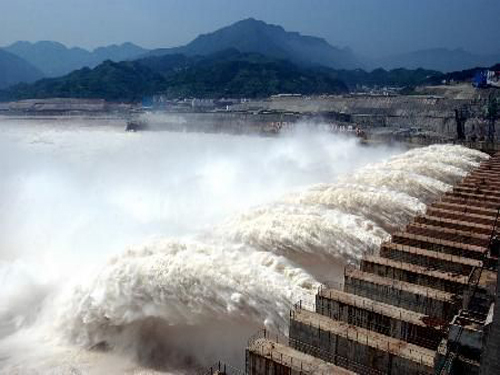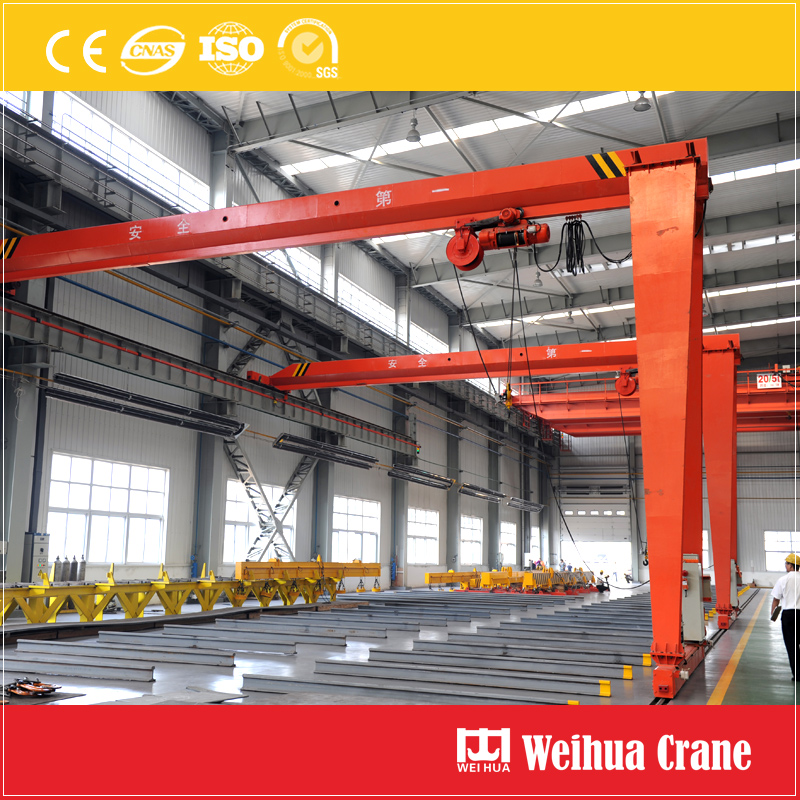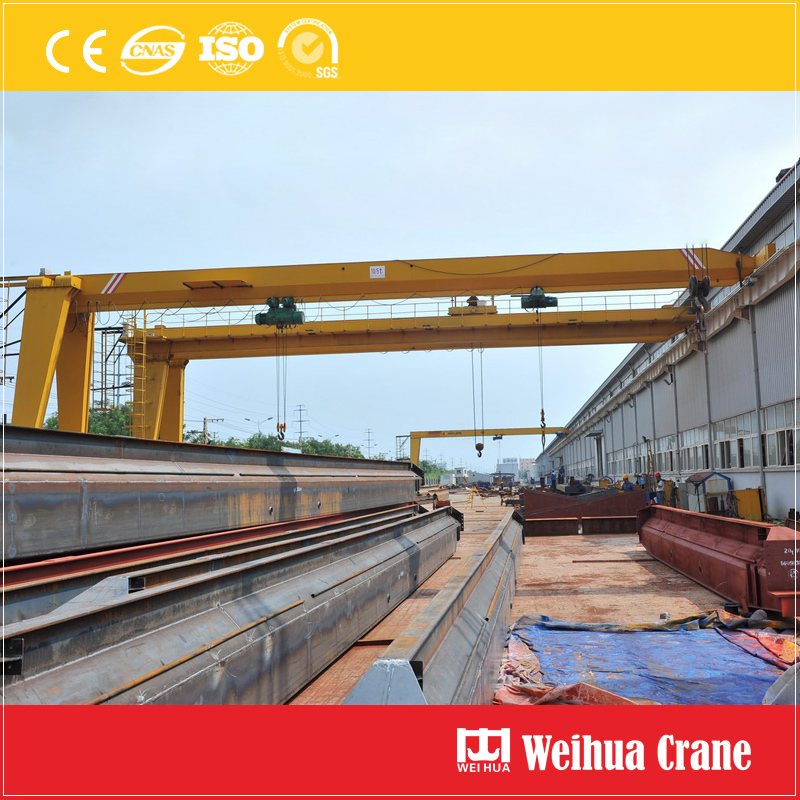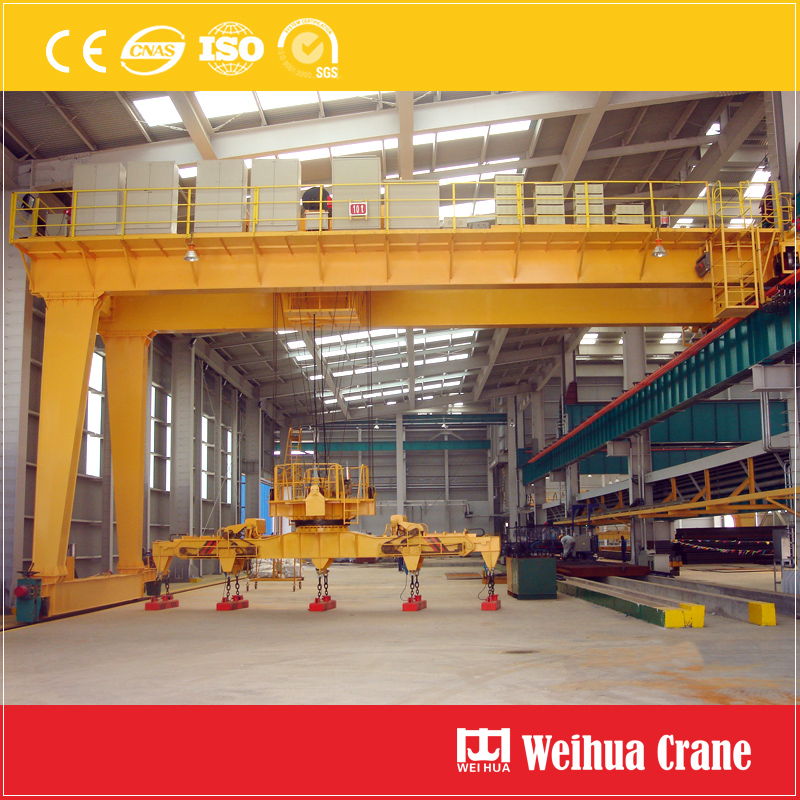
Recently, the first batch of pilot projects for the construction of major water conservancy projects in China were released. For the instrument industry, flow meters, valve meters and other companies usher in a new round of business opportunities.
In order to implement the “Guiding Opinions of the State Council on Investment and Financing Mechanisms for Innovation in Key Areas and Encouraging Social Investment†(GF (2014) No. 60), we will further encourage and guide the participation of social capital in the construction of major water conservancy projects. Recently, the National Development and Reform Commission, the Ministry of Finance, and the Ministry of Water Resources have jointly issued a notice to deploy social capital to participate in the first batch of pilot projects for the construction and operation of major water conservancy projects and actively explore specific ways and means for major water projects to attract social capital.
Twelve items were identified as the first batch of pilot projects
Taking into account factors such as local enthusiasm, project profitability, and previous work progress, the Heilongjiang Fendu Reservoir, the Zhoushan Phase III Continental Water Diversion Project, the Anhui Jiangxiang Reservoir, the Fujian Shangbaishi Reservoir, the Guangdong Hanjiang Gaobu Hydro Project, the Hunan Songshan Reservoir, and the Chongqing Viewpoint have been identified. Two projects including Jingkou Reservoir, Sichuan Lijiayan Reservoir, Sichuan Bridge Reservoir Irrigation District II, Guizhou Maling Hydro Project, Gansu Yinyu Water Supply Phase II Project, and Xinjiang Dashixia Water Control Project were the first national-level social capital participations. The pilot project of major water conservancy project construction and operation will strive to adopt a period of two years (April 2015 - March 2017) to explore the formation of replicable and scalable experiences and promote the improvement of relevant policies and measures.
Defined support policies for pilot projects
The first is to accelerate the pre-project work. For the pilot projects, relevant departments and localities must open up green channels and strengthen the preliminary working documents for the approval of project investment and management entities, especially the coordination of guidance for major problems, land acquisition and resettlement, and construction management, and give priority to reviewing and approving projects to improve work efficiency. . For pilot projects that have not yet approved the feasibility study report, the general considerations and basic methods for attracting social capital to participate in the project construction and operation should be clearly identified in the feasibility study report, and a project legal person establishment plan shall be proposed. The second is to increase investment in project support. Make full use of existing central investment and related funding channels, increase support for pilot projects, and prioritize annual investment plans. Encourage and support financial institutions to provide financial services such as financing and insurance for pilot projects. The third is innovative product pricing mechanism. The water supply price of major water conservancy projects participated in by social capital shall be formed by the market in principle. Both parties of supply water shall negotiate and determine the water supply price and adjustment procedures and methods to promote the implementation of the water supply agreement as an important part of the project feasibility study.
Refined the main content and tasks of the pilot
For projects that have basically clarified investors, the pre-project work and construction and operation processes should be speeded up and a demonstration effect should be formed as soon as possible. For projects that have yet to identify investors, conditions should be created to further encourage and attract social capital to participate in investment, construction, and operations. The first is to explore and establish a sound government and social capital cooperation (PPP) mechanism, and encourage social capital to participate in the construction and operation of major water conservancy projects through various forms such as franchising and equity participation, and to summarize the appropriate investment and financing models for different types of projects. The second is to explore fair and open choice of investment management entities through public bidding, invitation to tender, competitive negotiation and competitive negotiation, and actively introduce investment entities with good reputation, strength, and strong management capabilities to participate in the construction and operation of pilot projects. The third is to explore and improve policies such as investment, product pricing, financial subsidies and financial support that the government encourages and guides social capital to participate in the construction and operation of major water conservancy projects, and actively create conditions for investors to obtain reasonable returns. The fourth is to explore ways for the government to participate in the service and supervision of social capital's participation in the construction and operation of major water conservancy projects, and to promote the transformation of government functions, and improve the management level and service efficiency. The fifth is to explore the exit mechanism of social capital. When signing an agreement between the government and the investment entity, it is necessary to consider the measures for the withdrawal of social capital, ensure the smooth implementation and safe operation of the water conservancy project, and safeguard the legitimate rights and interests of social capital.
Put forward specific requirements for promoting pilot work
The first is to improve the implementation mechanism of pilot organizations. The pilot project of attracting social capital to invest in major water conservancy projects will be incorporated into the work of the inter-ministerial coordination mechanism for the examination and approval of major water conservancy projects. The National Development and Reform Commission, the Ministry of Finance, and the Ministry of Water Resources will coordinate and guide the pilot work with relevant departments, and intensify the guidance of pilot sites through various means. Support efforts. The second is the preparation of a pilot project implementation plan. All provinces (autonomous regions, municipalities directly under the central government), development and reform, finance, and water conservancy departments shall set up pilot work teams to strengthen the overall design and organize the preparation of an implementation plan for national-level contact pilot projects to attract social capital as soon as possible, and submit it to the National Development and Reform Commission and the Ministry of Finance. The Ministry of Water Resources prepares nuclear weapons. The main contents of the implementation plan include: the basic situation of the project, the selection of partners, the formation and operation of the project company, financing operation mode and financing plan, financial calculation, risk analysis, government support, and necessary supporting measures. The third is to strengthen the tracking and guidance of pilot projects. The National Development and Reform Commission, the Ministry of Finance, and the Ministry of Water Resources have established a guiding mechanism for their counterparts, regularly conducting in-depth pilot project follow-up investigations, summing up experiences, solving problems, making relevant recommendations, and promoting practical results for pilots. The relevant provincial departments of each pilot project shall report the relevant conditions of the pilot to the National Development and Reform Commission, the Ministry of Finance and the Ministry of Water Resources in a timely manner. The fourth is to strengthen the trial summary assessment and promotion. At the end of the pilot period, it is necessary to conduct a comprehensive review of the pilot projects, form replicable, scalable experiences, and timely publicize and promote relevant policies.
The circular also requires that provinces (autonomous regions and municipalities), while conscientiously doing a good job of reporting at the national level contact pilots and pilot trails, should actively select projects with the necessary conditions to carry out pilot projects at the provincial level and boldly explore social capital to participate in the construction of major water conservancy projects. The specific ways and means of operation.
A Semi-Gantry Crane is a Gantry Crane with only one side supporting leg, and the other side is supported on the horizontal structure such as workshop wall. The leg side is traveling on rail tracks laid on the ground, while the other side is traveling on the tracks on the supporting structure.

The main beam of a semi-gantry crane can be a double-girder or a single girder, and the hoisting mechanism can be an Wire Rope Electric Hoist or a hoist/winch on a trolley. The semi-gantry crane is usually used outdoors, also indoors at a large workshop for handling working pieces, bulk mateirals, machines, steel products, scraps, containers, etc.
Capacity: 1t - 500t or custom
Span: 6m - 32m or custom
Lift height: 6m - 32m or custom
Work duty: A4, A5, A6 6m - 32m or custom
Sling device: hook, grab, magnet, disc, spreader or special device for special industry
Packing: wooden case, rain cloth, reinforced bar, etc.

Features of Semi-Gantry Crane:
1. All steel plates are processed by pretreatment production line: Shot blasting – Painting – Paint Drying, Eliminate stress in steel plate, and increase Adhesion between paint and steel plate and anti-corrosion.
2. Adopt Germany Messer plasma CNC cutting machine to cut steel plate with high efficiency and accuracy (±1mm).
3. Rolling drum with seamless steel with pressure 1250t. Auto welding and heavy duty CNC lathe for processing.
4. Double gun gantry submerged arc welding for end beam processing.
5. Welding robot for main beam welding, MAG welding for inside seam welding, Ar+CO2 Mixed protective gas.
6. X-ray flaw detection, Ultrasonic flaw detection for welding seam.
7. High temperature quenching and quenching and tempering treatment for wheels to release internal stress.
8. Annealing furnace (1000mm*4000mm*4000mm) for annealing of trolley, rolling drum, balancing beam, wheel group and spreader.
9. Anti-sway system can be equipped according to customers' requirement.

Semi-Gantry Crane
Semi Gantry Crane,Semi-Gantry Crane,Semi-Gantry Crane Single Girder,Single Girder Semi Gantry Crane
Henan Weihua Heavy Machinery Co., Ltd. , https://www.weihuacranefactory.com